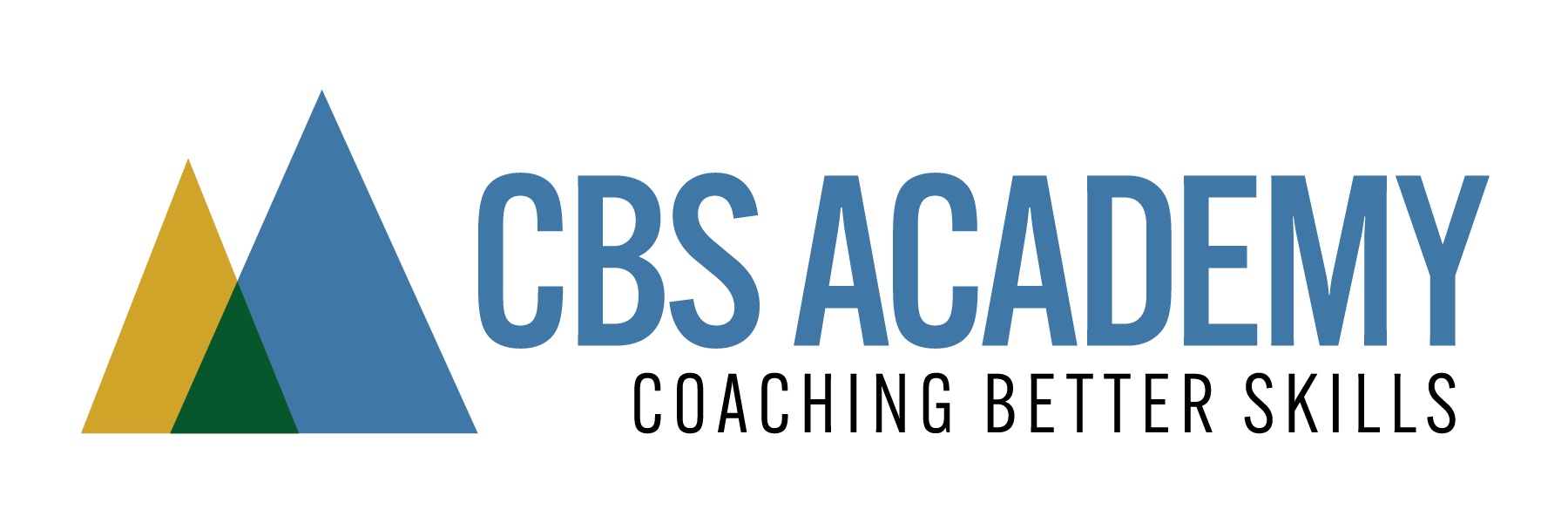Implementing Changes
Getting ready to implement a major change in your contact center?
Implement these tips and maximize your results.
Top-Down
View
change as a top-down approach. Change
STARTS with leadership. Leadership must initiate, lead, and embrace change.
Employees look up to see how they should respond and act with change. Thus,
leadership must keep a pulse on how their people are doing with change. Do
regular check ins. Discuss any challenges and address any fear to change. We
get change is necessary. Just recognize, change is not always easy for
everyone. And don’t forget to explain the “why” of change.
Direction
Identify what needs to be changed and the best steps to produce the desired results. Sometimes this involves asking your people who are on the front lines, as they often can tell you the challenges they face and the things that need changing. Another approach is do not allow yourself to become far removed from the daily activities of the business that you miss these potholes that could be costing your company time and money. Remember, some change cannot happen all at one. So, weigh the cost and plan accordingly.
Training
Ensure everybody connected to the new change is properly trained. Training can be undervalued and when overlooked, it can be costly. When changing technology, for example, involve the people who will be using the new technology and let a few be a part of the training plans. Never assume the change is easily understood. Make sure your employees know how to implement and communicate the change to customers. Have conversations to validate understanding.
Work Together
Teamwork
makes the dream work. Make the dream
work together. Working in teams can help provide support needed to ease the
change process. Make sure your teams are diverse in both the seen and unseen
ways. Discourage group think and create healthy conflict.
Inspect
Inspect
what you expect. Reset expectations as
necessary. Always check the outcome and input to be sure you are getting what
you want and what you communicated. If it is not what you expected, then review
your expectations and validate understanding of those expectations. Often
times, what we think we said is not what was heard or understood. And inspect
early. Some leaders wait too late to inspect and then had a much harder time
correcting the course and getting people back on the correct track. If you
inspect early and often, you can avoid costly mistakes.
Repeat
Identify the next needed change and repeat the steps. Change is constant. Just because you initiated change does not mean additional change will not be needed. Change is also a process. Thus, all change cannot be made in one swell swoop, but may need to be spread out over time and prioritized. And some needed change may not be evident until other changes have happened.
Change can be
both exciting and nerve wracking, but it is almost always manageable. Just
remember to engage often and support your team through the process.
GET HINTS AND TIPS TO HELP YOUR COMPANY SUCCEED.
SUBSCRIBE TO OUR NEWSLETTER.
Thank you!
GET IN TOUCH
-
PO Box 1866
Draper, UT 84020 -
info@cbsacademy.us
-
+1 (801) 448 7148
COPYRIGHT © 2025
